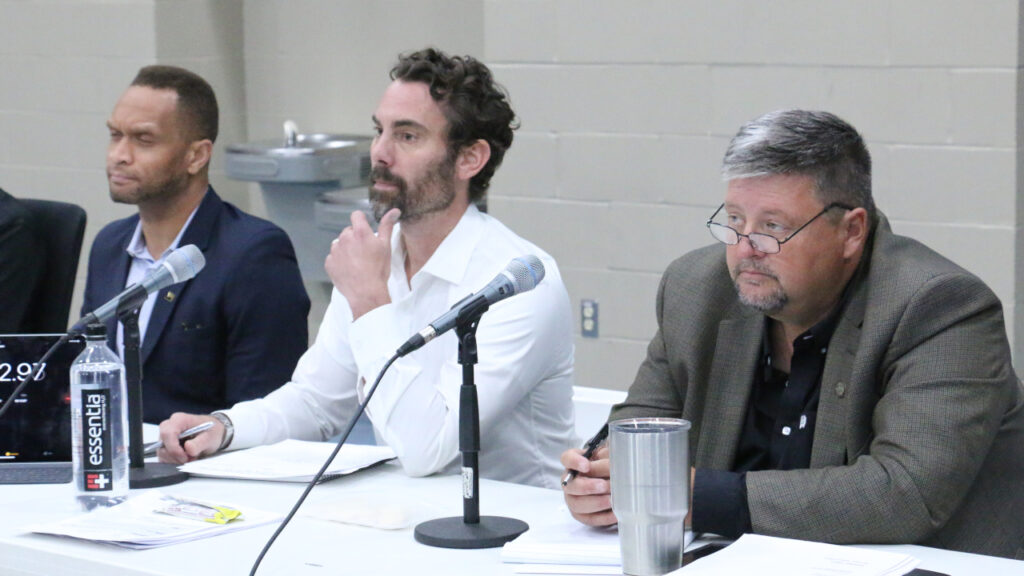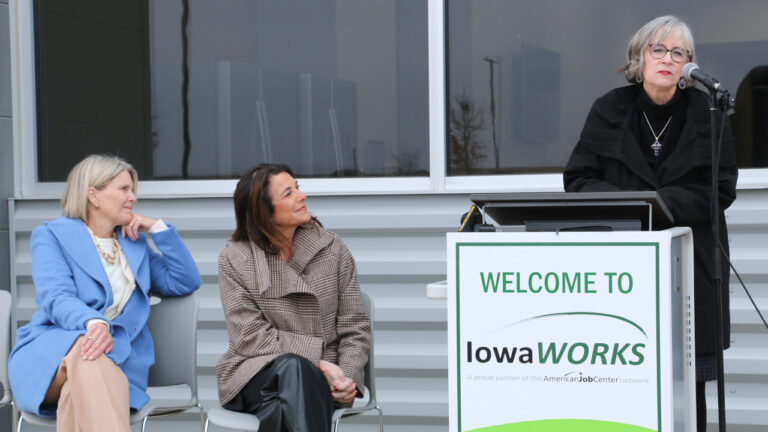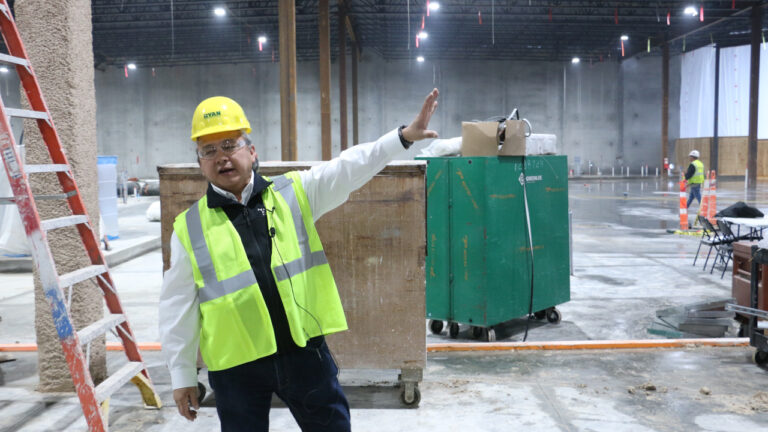Linn supervisors approve second consideration of Duane Arnold Solar rezoning request

Linn County supervisors (L-R) Stacey Walker, Ben Rogers and Louie Zumbach listen to speakers at a public meeting on Duane Arnold Solar rezoning requests Tuesday, Aug. 30, 2022 at the Palo Community Center. CREDIT RICHARD PRATT
UPDATE: Rezoning requests for a pair of industrial-scale solar projects near the former Duane Arnold Energy Center in Palo are now just one step away from final approval by the Linn County Board of Supervisors.
After public comments from 34 speakers Tuesday night (Aug. 30) at the Palo Community Center, the Linn County Board of Supervisors voted 2-1 on the second consideration of rezoning requests from NextEra Energy for two…

Want to Read More?
Get immediate, unlimited access to all subscriber content and much more.
Learn more in our subscriber FAQ.
Do you want to read and share this article without a paywall?








